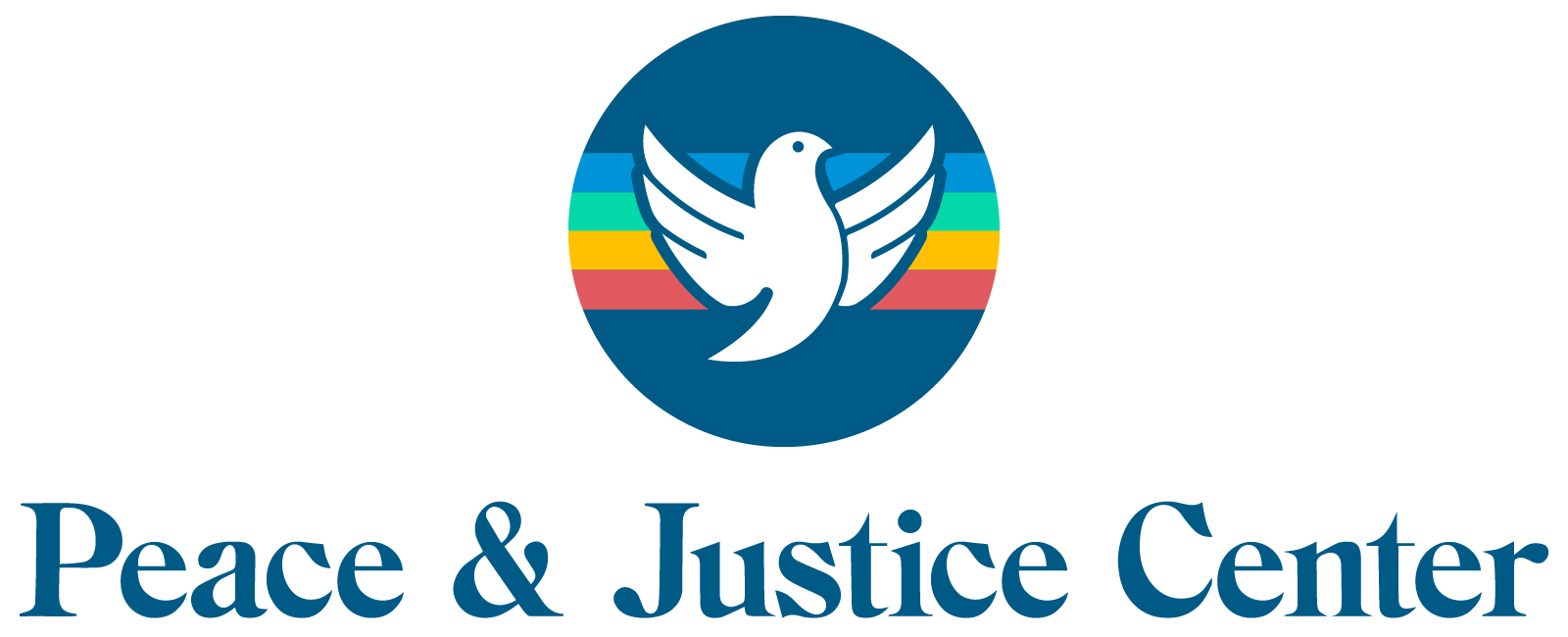Living Land & Labor Acknowledgement
Please come together in a circle
We recognize we are on the unceded homeland of many Indigenous people of what is now known as North America. We honor and give thanks to the Abenaki who have and continue to steward this land known as Vermont, the space in which we reside and practice this work. The Abenaki continue to maintain their beliefs and customs despite the forced removal from their land. Despite centuries of colonial theft and violence, this is still Indigenous land. It will always be Indigenous land. Indigenous people are not relics of the past. They are still here, and they continue to demonstrate their talents and gifts amidst a backdrop of ongoing colonialism and oppression. Today we celebrate their continued contributions.
We recognize the many Indigenous people from other Native nations who also reside in Vermont and have made innumerable contributions to our region and continue to steward this land also.
We honor the legacy of the African diaspora and the Black lives, knowledge, skills, and labor stolen due to violence and the evolution of white supremacy culture. We acknowledge that much of this country’s essential structures would not exist if it wasn’t for the free, enslaved labor of Black people, and that many people of African descent are still being met with violence and killed today for simply existing. We honor the legacy of the many other BIPOC ancestors who were victims of the same.
As the current stewards of this space, it is our collective responsibility to hold these truths of these contributions and losses. Our work together is about disrupting and dismantling the oppressive systems deeply interconnected with historical and current violent colonial structures. We acknowledge these systems of oppression impact our lives by creating a hierarchy around whose voice, experience, and perspective is centered and uplifted. We believe it is essential in all the work we do to recognize whose shoulders we are standing on, and whose legacy we are fulfilling, to work together to dismantle this hierarchy and uplift the voices of those who these systems were made to oppress.
When we are in a circle there is an inherent recognition that comes from this indigenous practice that each person is meant to be there and that each person is essential in creating the circle. This is significant because us coming together in circle-with teachers, young people, elders, each other-is an undoing of these very systems of oppression. It helps us dismantle them and re-establish a sense of wellbeing and connection to our world, to resist the sense of isolation and displacement that the experiences of violence and oppression create in favor of togetherness.
Our hope is we can build the conditions of belonging and connection today -to prepare us for something larger that calls us all to honor not only the land, and its original stewards, but also to the work of creating a world where all humans can live in peace together with each other and the earth. Please join hands for a moment of silence in honor of Indigenous, Black, and all folks whose ancestors’ sacrifices have paved the way for us to gather in this way.
Land and Labor acknowledgment is only one small part of dismantling colonialism. We hope this statement will inspire others to stand in solidarity with the Indigenous, Black, and other communities of color by engaging in action that will truly support the wants and needs of these communities. Solidarity can look like:
- Returning land to Indigenous communities without stipulations
- Participating in reparations to Black communities
- Amplifying the voices of BIPOC people leading grassroots change movements
- Donating time and money to organizations that center the needs, visions, and leadership of Indigenous, Black, and other folks of color.
Thank you.
This land acknowledgement was created over time by a multiracial group of facilitators who share a common goal of a peaceful and just world. This is a living land acknowledgement; one we know will need to be consistently updated to ensure we are honoring the land and the people in a way that upholds the integrity of the practice we are embracing.
This acknowledgement pulled from other external resources to help guide the best way to create a land acknowledgement. We want to extend our gratitude to the Native Governance Center for the guidance they offered and the way they shared their own land acknowledgement as an example.
